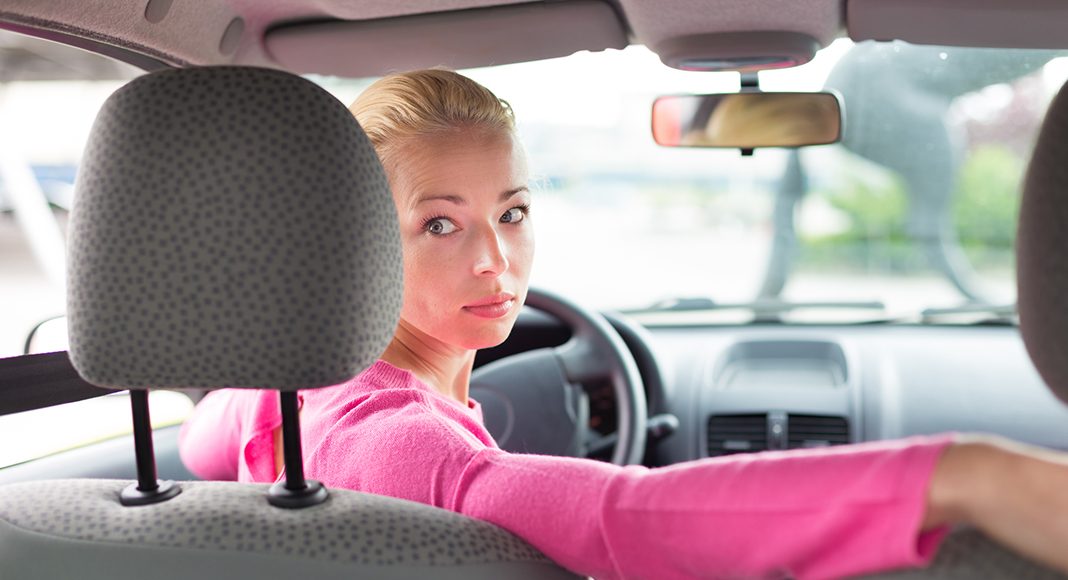The Insurance Institute for Highway Safety (IIHS) has announced the introduction of a new rear crash prevention ratings program to identify vehicles with technology that can help prevent or mitigate low-speed backing collisions.
Rear crash prevention involves several technologies including parking sensors that issue warning beeps and/or seat vibrations; cross-traffic alerts that warn drivers of approaching vehicles that might cross their path as they back up; and rear automatic emergency braking systems that can automatically brake if the driver doesnât heed alerts to stop.
âLetâs face it. Some days we all could use help backing up, whether thatâs in a garage with pillars that obscure your view, in a crowded mall parking lot or on a busy downtown street,â said IIHS Executive Vice President and Chief Research Officer David Zuby. âThe systems we rate in our first batch of tests will help reduce the chances of a backing fender-bender.â
Until all vehicles are fitted with rear crash prevention technology, eDriving driving instructor Rob McCarthy gives his top three tips for drivers that are forced to back up in parking lots.
âThere are two road skills that frighten new drivers more than anything,â says Rob. âOne is getting on the freeway for the first time, and the other is backing up. They realize that driving backwards is complicated, especially spotting oncoming cars and pedestrians. Of course, it is always better if drivers back into a space; so all they have to do is pull forward. But if for some reason that is not possible, these simple tips can help reduce the likelihood of a parking lot collision.â
- Use the mirrors. Look in the rear view mirror for a pedestrian or a car blocking your path. Itâs OK to shift into reverse, but donât back up until the coast is clear. Check both side mirrors as pedestrians might walk in the gaps between cars, too.
- Use a turn signal â it can only help get other driversâ attention.
- Back up slowly â no more than 1-2 mph â and use the brake pedal, not the gas. If youâre having trouble seeing the lane behind you and have a passenger with you, ask them to look too. Two sets of eyes are better than one in a parking lot.
âRemember that backing up always requires a driverâs complete attention, without distraction from cell phones, GPS or passengers,â adds Rob.



















